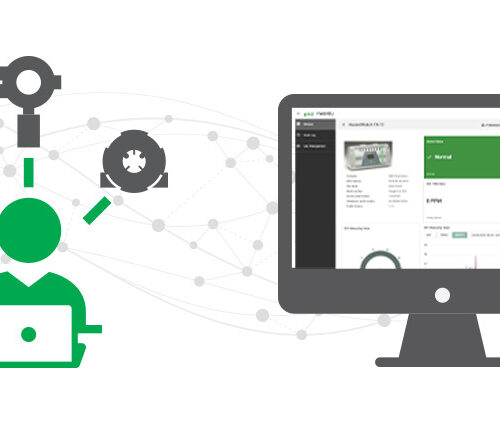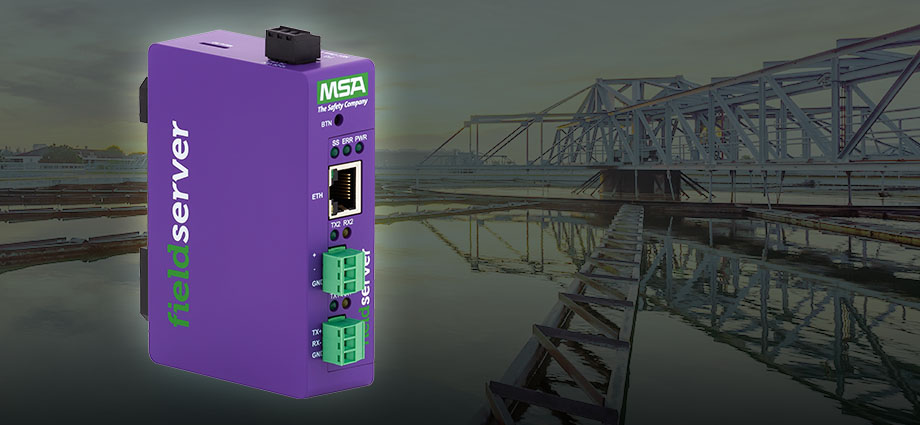
From operational efficiency to competitive advantage to cost savings, data-informed insights drive nearly every key success metric. So, when it comes to building and industrial automation, access to real-time information is mission critical.
The cost of downtime can be staggering, with as much as thousands or tens of thousands of dollars per minute at stake.
That’s why data-informed insights matter. In fact, information-driven insights are to building automation, industrial automation, energy metering, and life safety what GPS navigation is to a road trip: crucial to preparing for unexpected turns, avoiding unwanted roadblocks, or veering off-course entirely.
Relevant data can come in many forms, but one of the most useful is through intelligent, real-time notifications and alerts. Notifications and alerts empower decision makers, giving them more control of their facilities and systems so they can be pre-emptive and proactive in identifying and addressing minor issues before major problems.
Understanding the Difference Between Smart Notifications and Real-Time Alerts
When it comes to interoperability and connectivity, smart notifications and real-time alerts are key.
Notifications and alerts automatically inform the people who need to know what they need to know, when they need to know it—including before an incident, event, or catastrophe. Together, smart notifications and real-time alerts can transform how organizations monitor, maintain, and optimize operations.
What Are Smart Notifications?
Smart notifications empower facilities managers, operations personnel, and other stakeholders to make informed decisions so they can take pre-emptive or proactive measures. Smart notifications are contextual, prioritized, and often customized to the recipient.
Smart notifications provide much more than a status update. Thanks to historical tracking, MSA FieldServer gateways collect and store important data from connected devices. This enables:
- Data logging – capturing ongoing metrics from multiple systems
- Event recording – logging specific occurrences or anomalies
- Trend analysis – visualizing historical data to spot patterns and guide actions
With smart notifications (as seen in the following example), teams can take preemptive action based on meaningful insight.

What Are Real-Time Alerts?
Real-time alerts are similar but different. They are used to provide situational awareness of an environment, condition, or event. They are fast, relevant, and informative. Most importantly, real-time alerts are designed to signal that something is going on so that the decision maker can act—fast.
Real-time alerts are triggered by a specific event or a change in a predetermined parameter or threshold, such as a spike in temperature or a change in air quality. This enables the end user to visit their dashboard to determine what’s causing the problem so they can decide if and how to address it.
How IoT Gateways Enable Notification and Alerts
An IoT gateway plays a critical role in delivering timely alerts and intelligent notifications. It acts as an intermediary to ensure seamless communication and information-sharing between devices and systems. By closing the gap between the data contained within a connected device, such as a temperature sensor, and a Building Management System (BMS) or Building Automation System (BAS), FieldServer gateways enhance operational effectiveness and efficiency. Because they are also cloud-enabled, they can push or pull data to and from cloud-based systems for even more connected efficiency.
So, how does an IoT gateway provide notifications and alerts? Gateway solutions operate on a trigger-based system to deliver notifications and alerts. In simple terms, when something happens, the FieldServer gateway creates a notification or alert and sends it to the intended recipients.
For example, when a predefined condition is met on one or more sensors, the FieldServer initiates a targeted notification or alert, delivering it to the right people at the right time, via email or SMS. (Note: These predefined conditions are selected by the end user based on equipment, environment, and operational priorities.)
From temperature anomalies to calibration warnings to firmware updates, the FieldServer gateway helps enable uninterrupted monitoring of conditions and brings attention to anything that may need acted upon.
Leveraging Cloud Capabilities
In addition, the MSA Grid is a cloud-based SaaS (software-as-a-service) solution that provides enhanced visibility across worksites, workers, and workflows.
It provides secure, real-time, remote connectivity and is accessible almost anywhere with an internet connection, including a desktop computer, laptop, or mobile phone.
When paired with FieldServer gateways, the Grid enables:
- Comprehensive status updates on connected devices
- Firmware updates to ensure optimal performance
- Advanced remote diagnostics capabilities for on-site or remote troubleshooting
- Third-party integration with complementary cloud services and mobile applications
Empower Your Operation with Intelligent Insights
As smart facilities and automation continue to become more connected and complex, it will be even more important to harness the power of intelligent notifications. To learn more about multiprotocol gateways for secure automation interoperability—including how notifications and alerts can maximize uptime, improve efficiencies, and cut costs—contact us.






